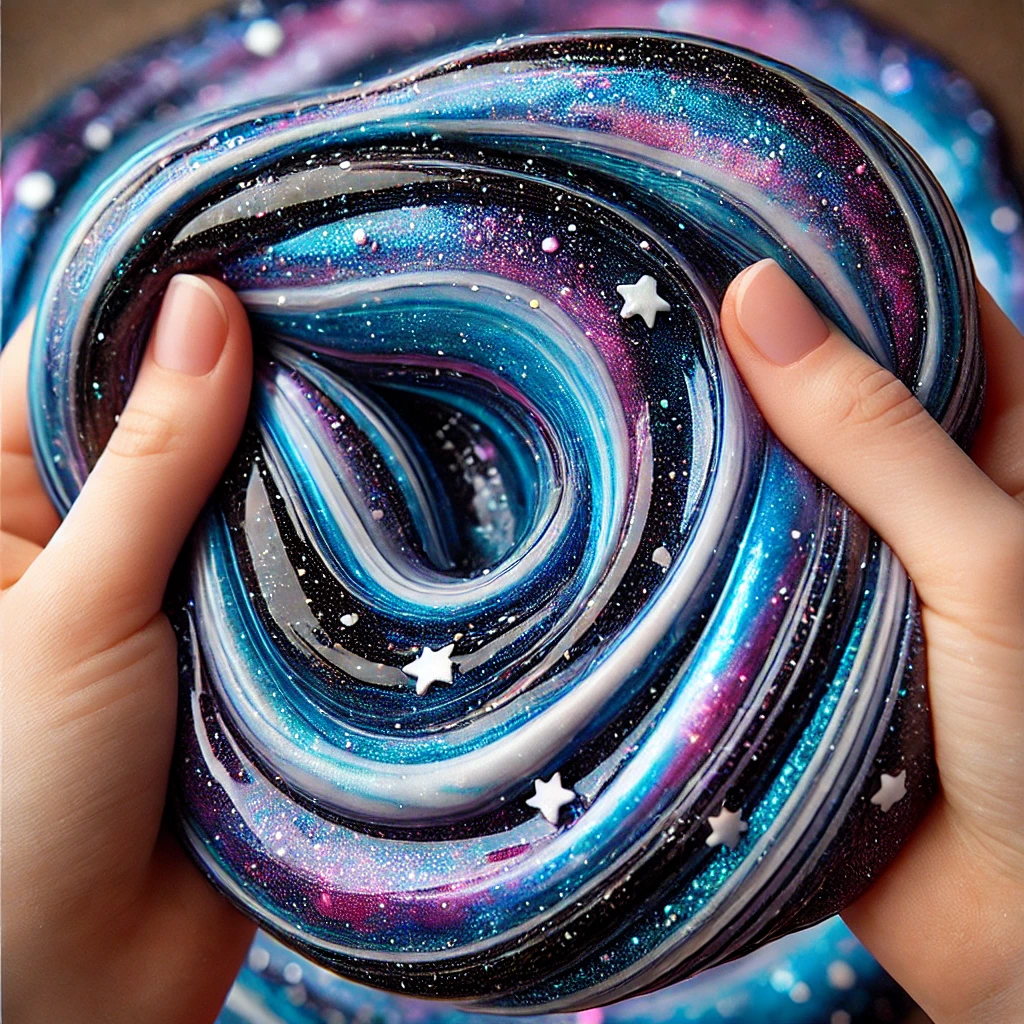Humans have a historically documented fascination with dice. They are the oldest game implements known to man. From “casting lots” in the Bible to backgammon in Ancient Iran, dice games have been around as long as recorded history.
It is no wonder that these simple formed shapes keep the attention of children. Kids love hands-on activities and dice are easily manipulated.
Playing simple games with dice seems like all to easy a pastime to constitute anything of worth. However, children can be introduced to a number of mathematical concepts using these deceivingly plain devices.
A few notes:
- Besides the traditional cube, or 6-sided die, there are a number of polyhedral dice (many-sided) that can be found online or in local game or comic shops.
- Dice are often referred to by their side. For instance, a D20 refers to a 20-sided die. Dice can come in a variety of shapes and sides. D6, D8, D10, and D20 are usually the most commonly found.
Basic Number Facts, Operations, and Sets
By simply handling and manipulating dice, children can become aware of both the numeral and name of basic numbers. The use of some D6 or D10 dice can introduce younger children to number order, addition, subtraction, and other operations.
Traditional dice games like Yahtzee and Farkle combine number operations with the concept of a set of numbers.
Geometry
When you are investigating the dice, make sure you point out their shape. Most dice are platonic solids, meaning each face has the same shape with congruent edges and vertices.
There are even dice that use irregular forms of geometry for their shape. Dipyramids are two sets of triangles arranged around an equator. An isosceles tetrahedron looks like four stretched out triangles stacked on each other.
Discuss each shape with your child. Count the number of faces, sides, and vertices and look up what geometrical shape it represents. Talk about whether the dice is “fair”. Is there a possibility the rolls could favor one side of the die? Roll the dice a number of times and record your rolls to find out if is fair.
Probability
If you are playing Yahtzee and you have rolled four 6’s and just need one more, what are the chances that you will roll a 6 in one roll? What about 2 rolls?
The theory of probability deals with chance and randomness. In figuring out the chances of rolling a 6 in the scenario above, you are trying to predict how likely it is that a certain event will happen. With dice, it is pretty simple because you can roll the dice and record your findings.
There are a lot of sites that deal with the probability sets of rolling 6-sided dice. As a family, try figuring out probabilities for D10’s, D8’s or even D20’s.
Algebraic Expression
Did you know that there is a standard dice notation? People who play role-playing games often use this type of language to keep track of rolls on different shaped dice.
The notation is fairly simple to understand, but it incorporates some algebraic expression that you could easily point out to your children.
When you begin to explore the mathematical concepts hidden within a game of dice, start off fun and move towards the serious. Let your kids play with the dice and notice the differences and similarities between the shapes. Get a variety of colors and styles to peak their interest.
You can also create your own polyhedral dice using these platonic solids models.
- The Importance of Developing a Sober Mind in Our Students - February 22, 2019
- Teaching Children At Natural Development Points - February 21, 2019
- Dealing With The Fears Of Unlimited Game and Media Time - January 20, 2019


